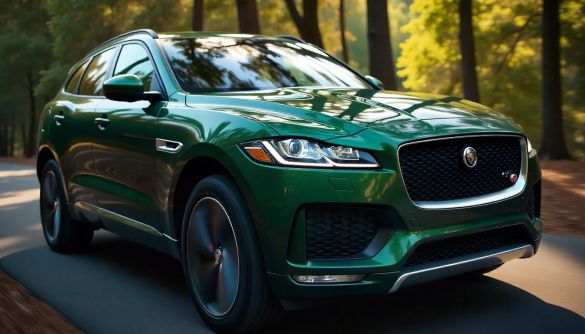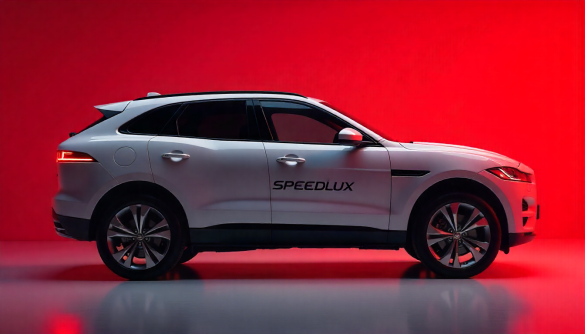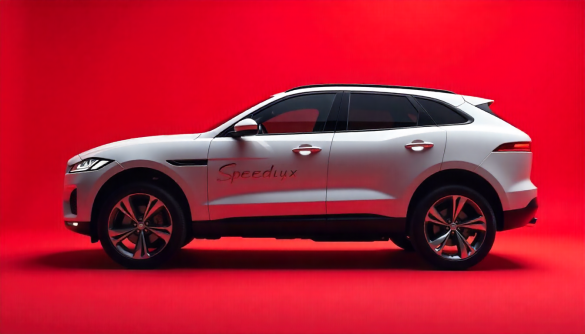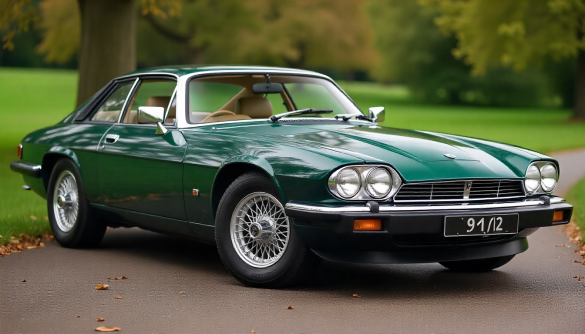Looking virtually identical to the M5 concept, the production model “is poised to build on the tradition of its predecessors and once again redefine the performance experience available in a four-door car.” As such, the car is distinguished by an aggressive front fascia, aerodynamic side skirts and a modest rear diffuser. Other highlights include a unique grille (with black slates), front fender vents, adaptive xenon headlights (with LED rings), a four-tailpipe exhaust system and 19-inch alloy wheels.
Interior changes are minor but include Merino leather sport seats, a revised instrument cluster and an M steering wheel with two buttons that offer pre-selected engine, transmission and suspension setups. Elsewhere, there’s aluminium trace trim, an Anthracite headliner and a 10.2-inch iDrive display. In the tech department, the M5 offers a head-up display, night vision technology (with pedestrian recognition), a lane change/departure warning system, a surround view camera and internet connectivity.
Power comes from a twin-turbo 4.4-liter V8, which is equipped with an exclusive cross-bank exhaust manifold, that produces 560 PS (412 kW / 552 hp) and 680 Nm (502 lb-ft) of torque. It is paired to a seven-speed M Double Clutch Transmission
that enables the car to accelerate from 0-100 km/h (62 mph) in 4.4 seconds, 0-200 km/h (124 mph) in 13.0 seconds and hit a top speed of 250 km/h (155 mph) – or 305 km/h (190 mph) with M Driver’s Package. Despite the immense performance, the car is relatively frugal as it has an average fuel consumption of 9.9 L/100 km (28.5 mpg imp / 23.8 mpg US) and CO2 emissions of 232 g/km.
On the handling front, the M5 has electronically controlled dampers (with Comfort, Sport and Sport Plus modes), an M-specific Servotronic steering system, high-performance compound brakes and an Active M Differential. Speaking of the latter, the rear differential “is connected with the DSC (Dynamic Stability Control) system, via FlexRay high-speed data transfer technology, and constantly cross-checks the data collected by its sensors with the feedback from DSC. It then uses this information to calculate the locking force required to deliver optimum traction and stability.”







